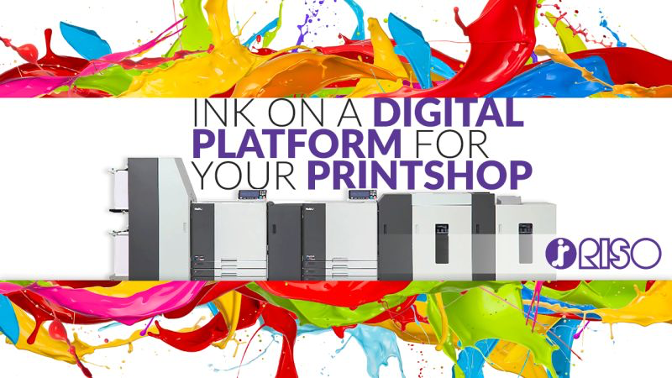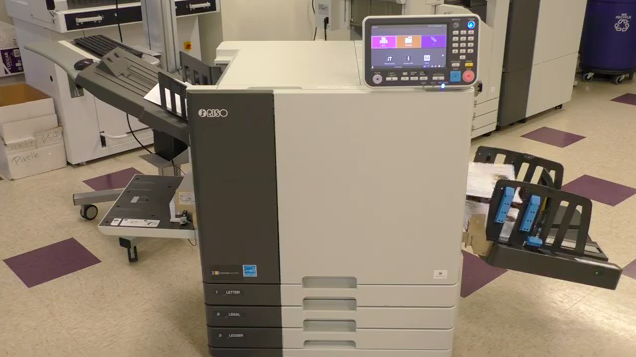Faster, Cheaper, and More Reliable than the Competition
Thermal inkjet print heads are found in almost all desktop inkjet printers and many in-line mail addressing systems. Unlike Piezo systems, thermal inkjet printers use an electrical charge to heat the ink inside the print cartridge to form ink droplets. The print head shuttles back and forth across the page as it applies ink to paper. As a result, this technology is much slower and far less reliable, and its cost-per-page is substantially higher than RISO’s FORCEJET technology. Thermal inkjet printers also have a much shorter expected life span. Commercial-grade inkjet printers using shuttle head technology are available that offer higher print speeds, but they are still much slower than ComColor.
Serial or dot matrix printers are commonly found in data processing centers, medical offices, shipping and receiving docks, and other locations where continuous and multi-part forms are used. Since these printers are impact-based (meaning an ink ribbon is struck against the paper) they are well-suited to printing multi-part carbon copies.
Inkjet printers are generally less expensive to acquire and use than toner-based devices. The heat used by toner-based printers to fuse applied toner and fix it to the page causes these machines to be more vulnerable to failure and leads to more downtime, higher service costs, and shorter life spans. Toner is also incompatible with plastic and many paper types, and it is prone to cracking and flaking when folded or put through finishing devices such as postal sorting equipment. Their heat requirements also make toner-based printers far less energy-efficient than inkjet devices.
Click Here to Learn More
SOURCE RISO


